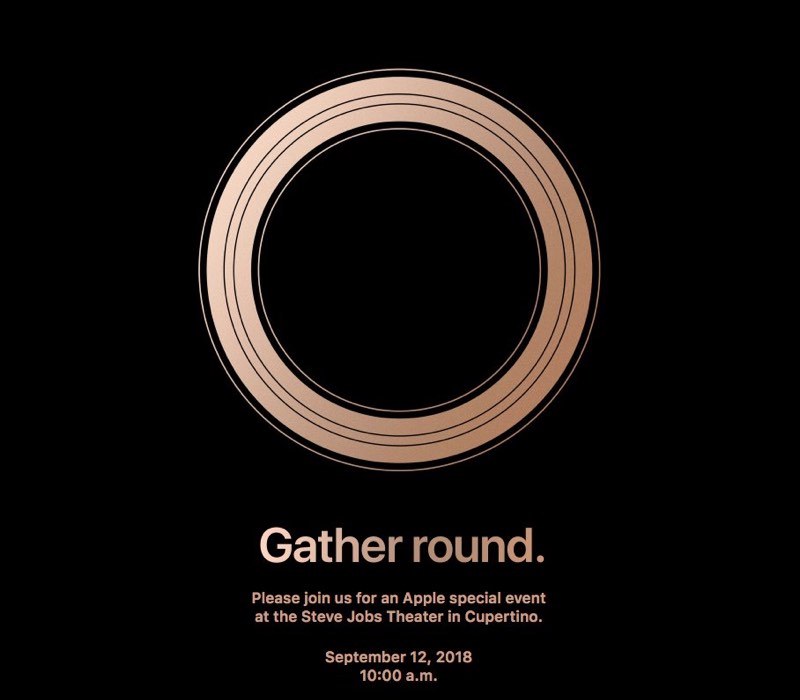September Event program guide
Tim Cook walks out beaming, "Good morning! Things are going great!"
Keynote slide with "$1 Trillion" appears on stage.
Next Keynote slide: "(And we didn't get there selling Macs.)" No more mention of the Mac.
iPhone 9, XS, XXS announced.
20 min explanation on how to pronounce them.
iPad Pro. Face ID. Smaller bezels. The future of pro computing. Hint, hint, are you getting it?
tvOS, Apple Music sub numbers. Services, services, services.
Apple Watch 4. Thinner. Smaller bezels. Now works from orbit, measures your blood sugar levels in Zero G, displays it by changing the color of the watch band.
10 min schtick with an attractive intern aboard the International Space Station.
October Event program guide
No one walks out on stage, because it isn't held in a theater. "What, you thought we'd put on a show for Macs?! Lol, get out of here you dinosaurs. Did we mention the $1 Trillion we got to without caring about the Mac?"
Matthew Panzarino publishes a scrappy, coffee-stained, back of a napkin "Press Release".
Mac mini 2018: Black. Same size as an Apple TV. Actually, it is an Apple TV. Basically a hollowed out shell from leftover Apple TVs. 4 USB-C ports. 2 USB-A ports. Marco Arment says this makes it the best thing ever.
MacBook 2018: updated with whatever blood Intel can squeeze from their 14nm stone. "Now with 20% more turbo."
MacBook Air 2018: "Our engineers worked hard on this. We took our existing, much loved MacBook Airs, and fitted them with brand new, state of the art... keyboards."
New product:
Mac Air. Apple branded cans of compressed air. Instant product shortages. Bestseller on eBay. News reports of cult gatherings holding "breathe the Apple Park air" parties. iFixIt does a teardown to reveal they're packaged in Shenzhen, you dumbasses.
ONE MORE THING
The non-existent stage (aka press release) falls silent as a small piece of paper slowly flutters down, like a leaf in the wind, watch how it soars.
On one side are the words, embossed in silver lettering, "
The New Mac Pro"
On the other side is an image of a colossal, dual Xeon, DDR4-3200, 2x nVidia RTX 2080 Ti, PCIe 4.0, 16GT/s raw bandwidth, watercooled monster: think everything you've read in 700 pages of "Waiting for Mac Pro 7,1" but more.
Phil Schiller leaps onto the not-a-stage press release and says,
"Can't innovate, my ass. Well, they got that right. Anyway, here it is, everything you guys have been waiting for."
Keynote slide appears with a single line:
"Hackintosh. Apple says it's okay."
John Gruber says it's great because it can run Markdown. Well, it will, once he can find some drivers.
Epilogue: September 2019 Event
A dry wind blows through the decaying frame of Apple Park. Tumbleweeds and pages of old newspapers litter the landscape.
On one newspaper, a headline reads, "Apple stock crashes."
On another, a short article with a byline by Matthew Panzarino reads:
"Earth. Population approximately nine billion... All Borg."
"Android. I mean, all Android."
"How did this happen? How did a $1 Trillion company fall so fast?"
"After abandoning the Mac, which in the words of the late Tim Cook, was neither necessary nor sufficient to make Apple a $2 Trillion company, Apple suddenly found itself unable to compile the code to make its iOS devices, aka small slabs of glass and metal, actually do anything."



